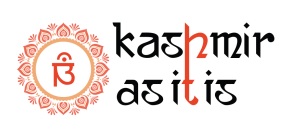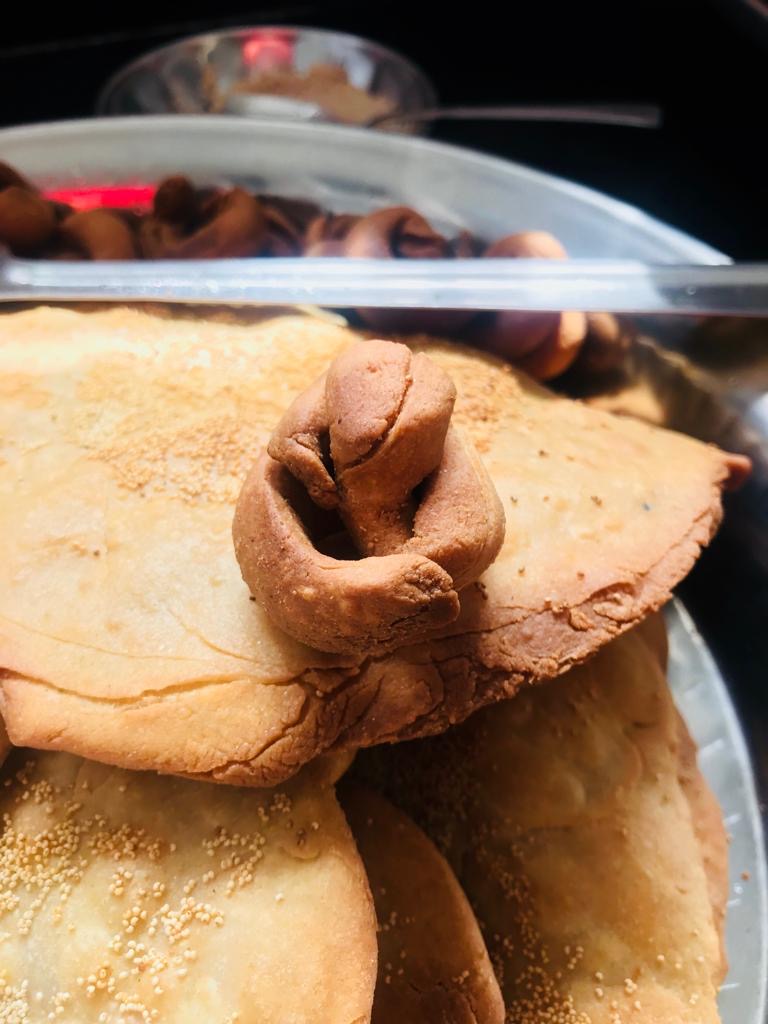 celebrated to please Ganesha- Lakshmi. In what way is then the celebration connected with thread?
celebrated to please Ganesha- Lakshmi. In what way is then the celebration connected with thread?
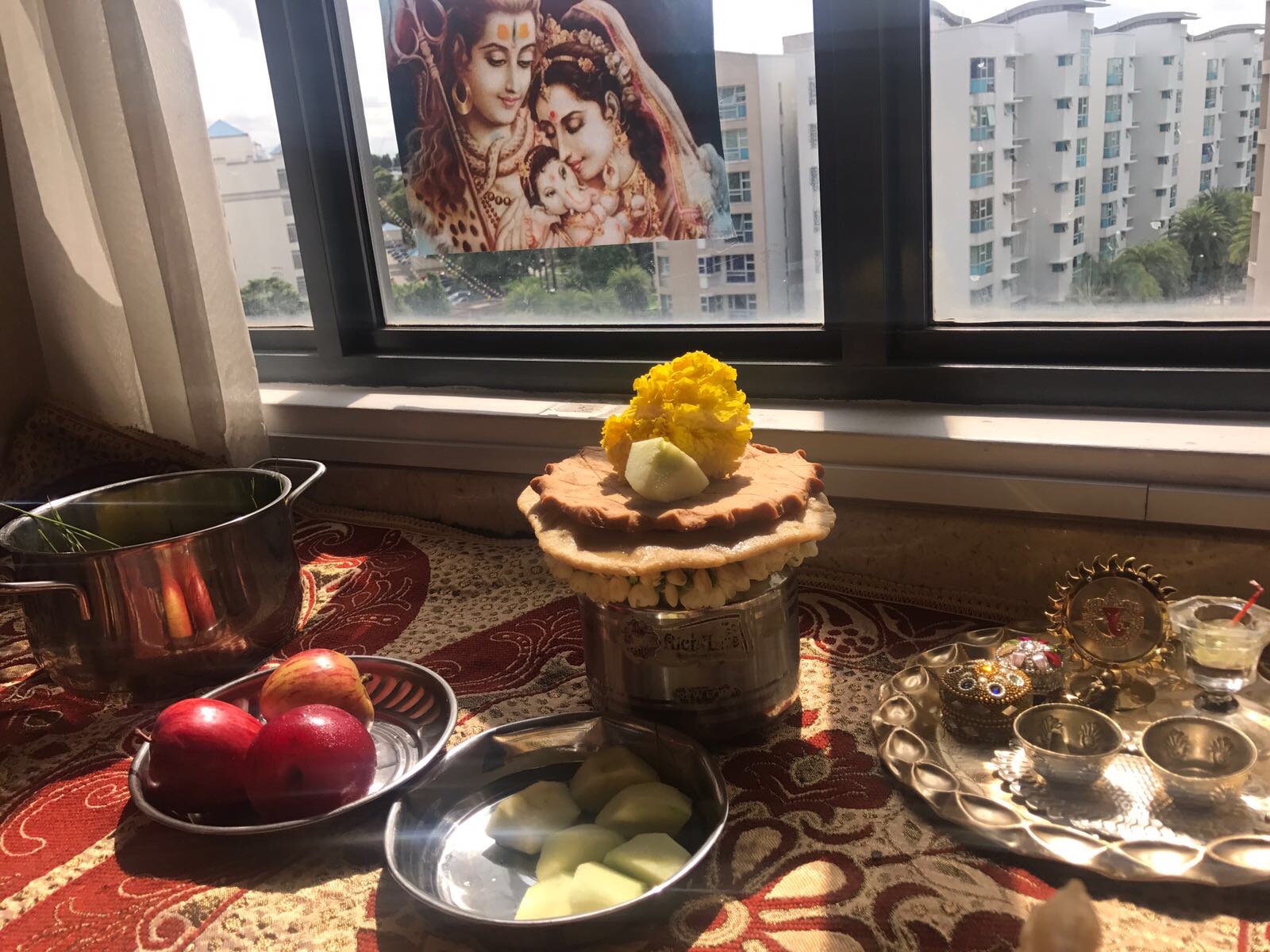 There appears to be a lot of mix-up and overlapping in Pan Puja of myths and rituals as it is celebrated by Kashmiri Hindus today. Originally, the ‘roths’ or sweet bread cakes, that are prepared on this day, were offered to two local agricultural goddesses Bhimaa and Garbhaa to please them and celebrate the production of a new crop of cotton. Bhimaa and Garbhaa were possibly two agricultural goddesses . The names of these two later got combined and corrupted to Beeb Garabh Maej (sorry I can’t transliterate properly because I can’t use diacritical marks) or Mother Beeb Garbha, who came to be regarded as the central deity of the Puja and was identified with Lakshmi. There was no deliberate attempt to appropriate a local goddess as such things happen in folk-religious practices. It was simply a case of forgetting and confusing the original tradition with the passage of time.
There appears to be a lot of mix-up and overlapping in Pan Puja of myths and rituals as it is celebrated by Kashmiri Hindus today. Originally, the ‘roths’ or sweet bread cakes, that are prepared on this day, were offered to two local agricultural goddesses Bhimaa and Garbhaa to please them and celebrate the production of a new crop of cotton. Bhimaa and Garbhaa were possibly two agricultural goddesses . The names of these two later got combined and corrupted to Beeb Garabh Maej (sorry I can’t transliterate properly because I can’t use diacritical marks) or Mother Beeb Garbha, who came to be regarded as the central deity of the Puja and was identified with Lakshmi. There was no deliberate attempt to appropriate a local goddess as such things happen in folk-religious practices. It was simply a case of forgetting and confusing the original tradition with the passage of time.
The God Ganesha was worshipped as he always is worshipped first for being the remover of obstacles and hindrances and for ushering in auspiciousness. In the Kashmiri tradition, his consort is known as Vallabha. The festival is regarded as particularly auspicious if it falls on Ganesha Chaturthi Day Vinayak Tsoram and Sunday. Incorporation of Lakshmi seems to be a later development.
The Story:
In its present form Pan Puja is quite similar to the Satyanarayana Puja, 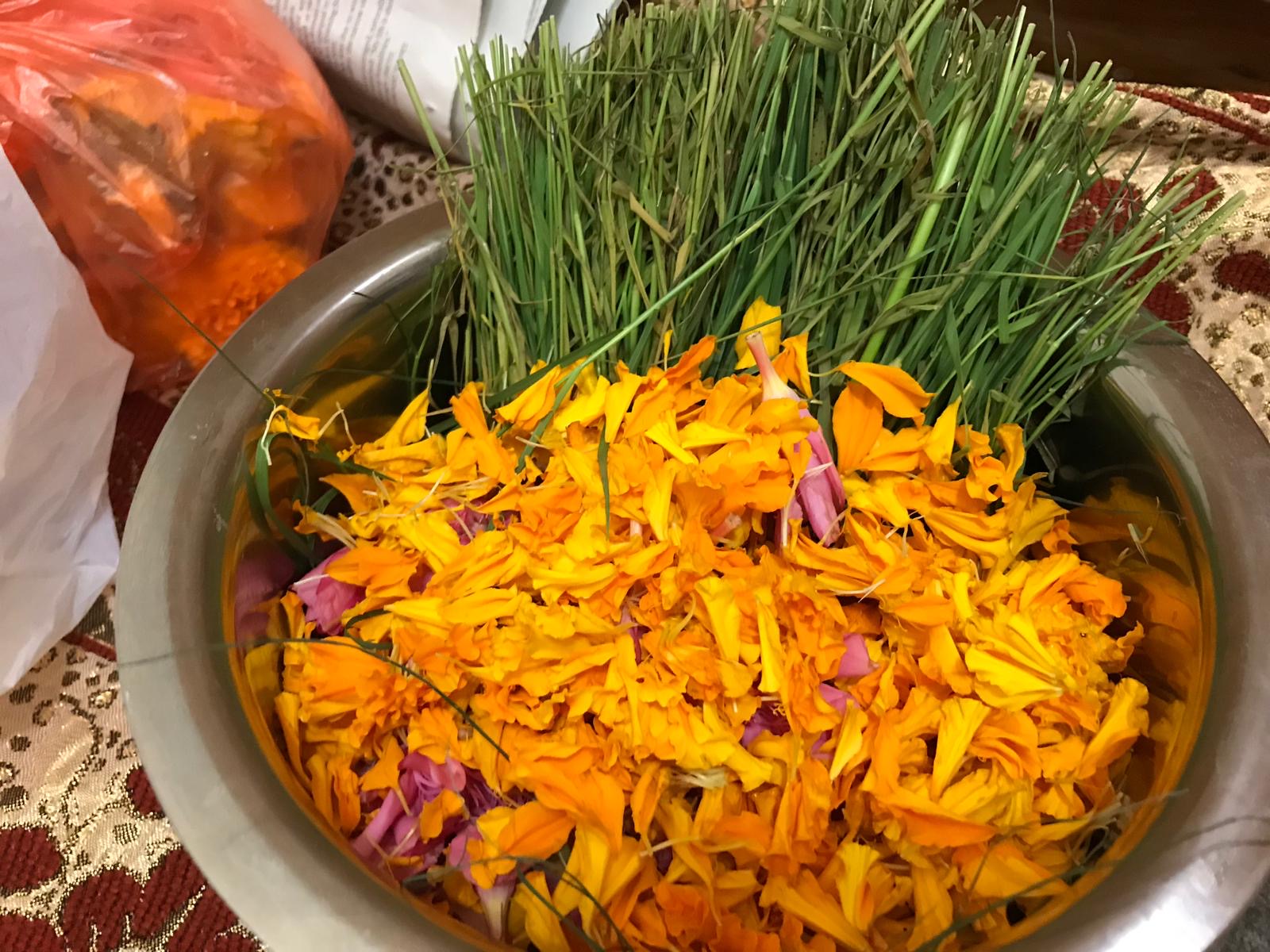 particularly in respect of the story that is narrated as an essential part of its traditional form of performance. The story is related by an elderly female narrator, a mother or grandmother. There are, however, many versions of the story, each version describing how a particular person or persons, a king or a trader or a wealthy person falls upon bad days, losing everything and becoming a pauper. Then after regularly offering roths to the deity he /she regains everything that he /she has lost. The central theme of all the versions is thus the same — betterment of one’s lot because of religious merit obtained through regular Pan Puja The story appears to be too simplistic, but that is how things are in popular religion. It is here that the Beeb Garabh Maej acquires the features of Lakshmi, the two divinities merging into one another.
particularly in respect of the story that is narrated as an essential part of its traditional form of performance. The story is related by an elderly female narrator, a mother or grandmother. There are, however, many versions of the story, each version describing how a particular person or persons, a king or a trader or a wealthy person falls upon bad days, losing everything and becoming a pauper. Then after regularly offering roths to the deity he /she regains everything that he /she has lost. The central theme of all the versions is thus the same — betterment of one’s lot because of religious merit obtained through regular Pan Puja The story appears to be too simplistic, but that is how things are in popular religion. It is here that the Beeb Garabh Maej acquires the features of Lakshmi, the two divinities merging into one another.
The Puja:
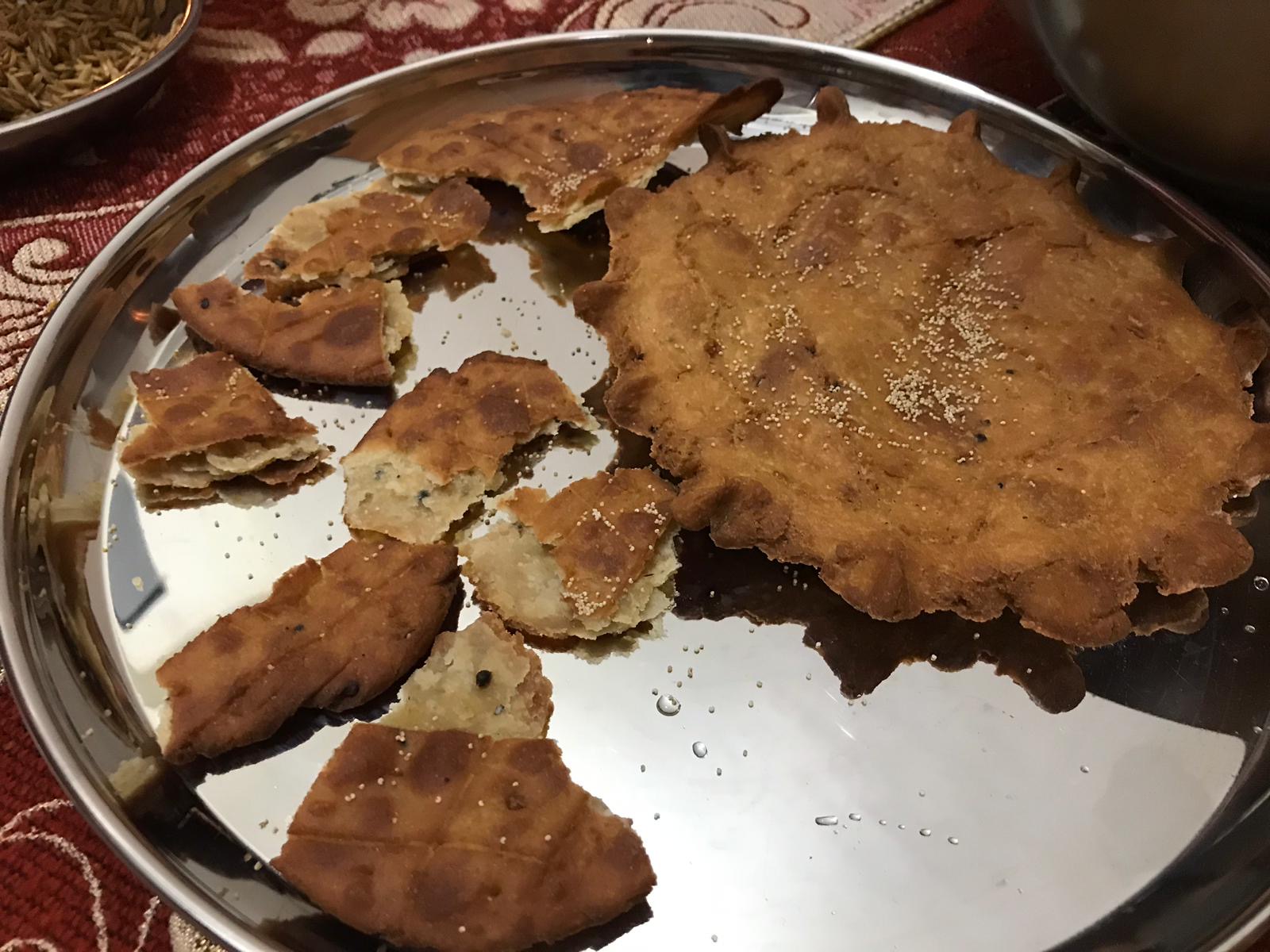 Pan is performed according to the same ritualistic pattern as we come across in most pujas of Kashmiri Hindus. A water- pot decorated with auspicious marks made with vermilion, flowers and Narivan (protection cord) and filled with some water and milk is kept in the place sanctified for the ritual. A nutmeg , a coin and some shoots of Doob grass (called Dramun in Kashmiri) are kept inside the water- pot. Assuming the pot to represent Ganesha and Riddhi-Siddhi or Lakshmi, or Beeb Garabh Maej, the worshipper facing east begins the worship.
Pan is performed according to the same ritualistic pattern as we come across in most pujas of Kashmiri Hindus. A water- pot decorated with auspicious marks made with vermilion, flowers and Narivan (protection cord) and filled with some water and milk is kept in the place sanctified for the ritual. A nutmeg , a coin and some shoots of Doob grass (called Dramun in Kashmiri) are kept inside the water- pot. Assuming the pot to represent Ganesha and Riddhi-Siddhi or Lakshmi, or Beeb Garabh Maej, the worshipper facing east begins the worship.
The Dramun grass is known for its ability to survive in all conditions and can be said to symbolize immortality. The worshipper / the priest performing the Puja on his behalf then ties a the piece of cotton thread round the water- pot, pouring a little water from a small vessel sanctified by sandalwood paste or vermilion into the water-pot and offers some flowers to the deity / deities that it represents. He then performs the worship, beginning with the mantra for praana-partishthaa and recites sectarian versions of of the Gayatri mantra directed at Ganesha and Lakshmi — [“Tatpurushaaya vidmahe vakratundaaya dhimahi tanno Danti prachodayaat” for Ganesha and “Shriyai vidmahe Kamalavaasinyai dhimahi tanno Lakshmi prachodayaat” for Lakshmi]. This is the method to be followed according to Pandit Prem Nath Shastri. Then after offering aasana or seat (strewing blades of Darbha grass), invocation or aavaahana is made to the deities concerned for being present at the ritual setting to be followed by other upachaaras (steps of worship service) like offering of arghya, water for snaana (ritual bath), aachamaniya (water for rinsing the mouth), dhoopa (incense)and deepa (lamp). 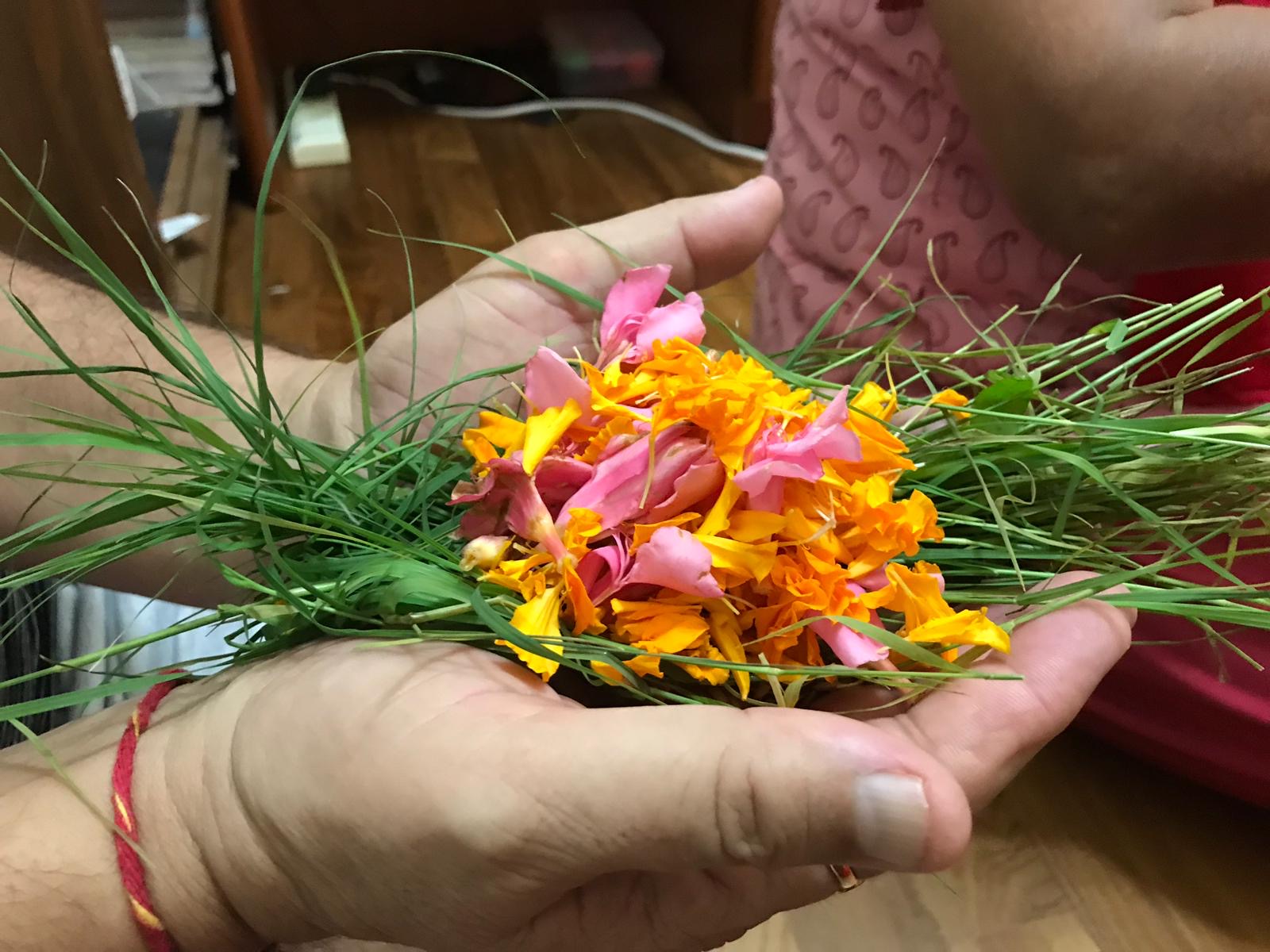
The officiating priest is then to be paid his fees (dakshinaa) and finally all members of the family gather around the main worshipper /officiating priest to listen to the Pan Kathaa. Everyone is asked to touch the Thali containing the roths which are offered to Ganesha, and given a handful of the shoots of the Dramun grass and flowers to make a final offering to the Pan deities. After the conclusion of the Puja roths are partaken as Naivedya and distributed among relatives, neighbours and friends. The ladies of the family tie a piece of the spun thread to their earrings and men tuck a piece of it into their turbans.
This article has been written by Dr. Toshkhani in 2012 and has duly permitted KAII to post this article for wider viewership.
Disclaimer – KAII does not hold the responsibility for the authenticity of this article. The writer/author of this writeup is responsible for the content displayed. If anyone has any objections, please raise it immediately to admin@kashmirasitis.com with valid reasons.
